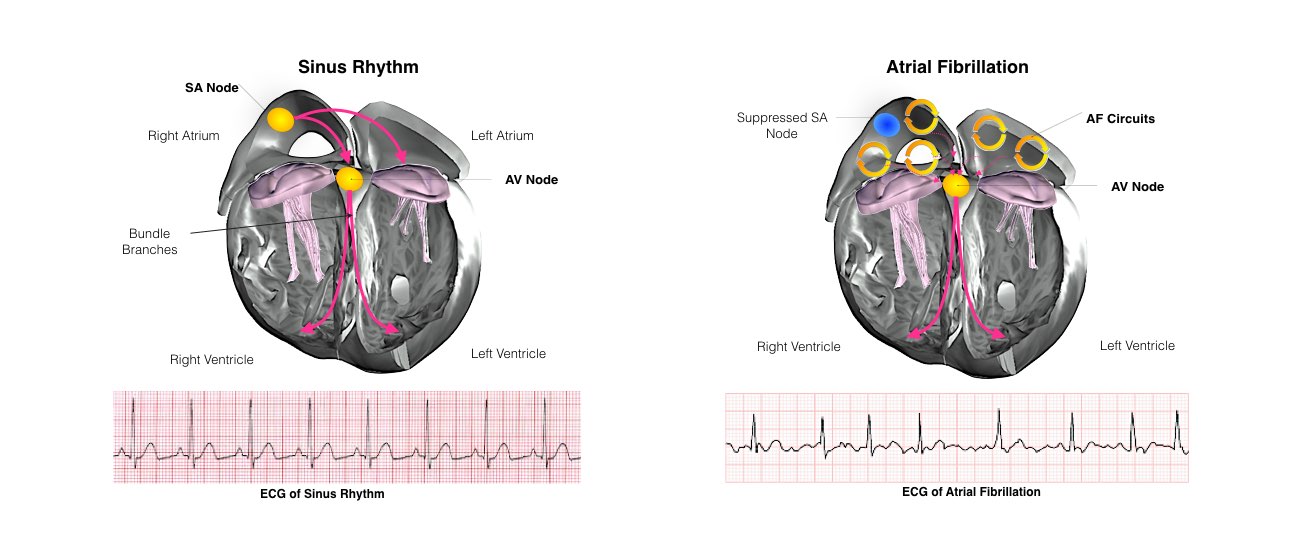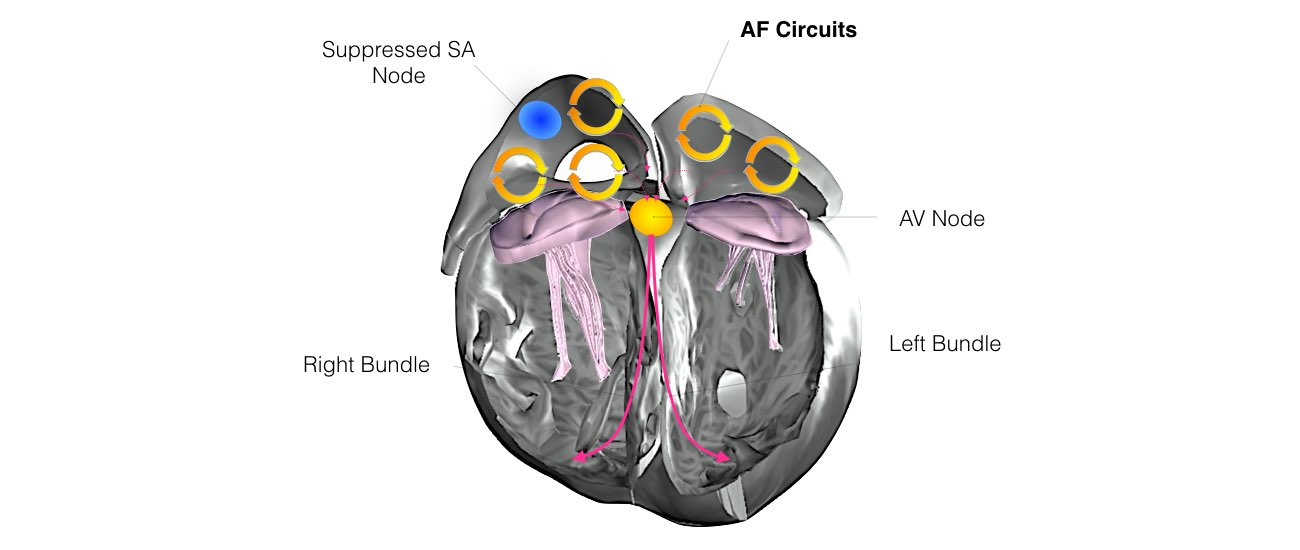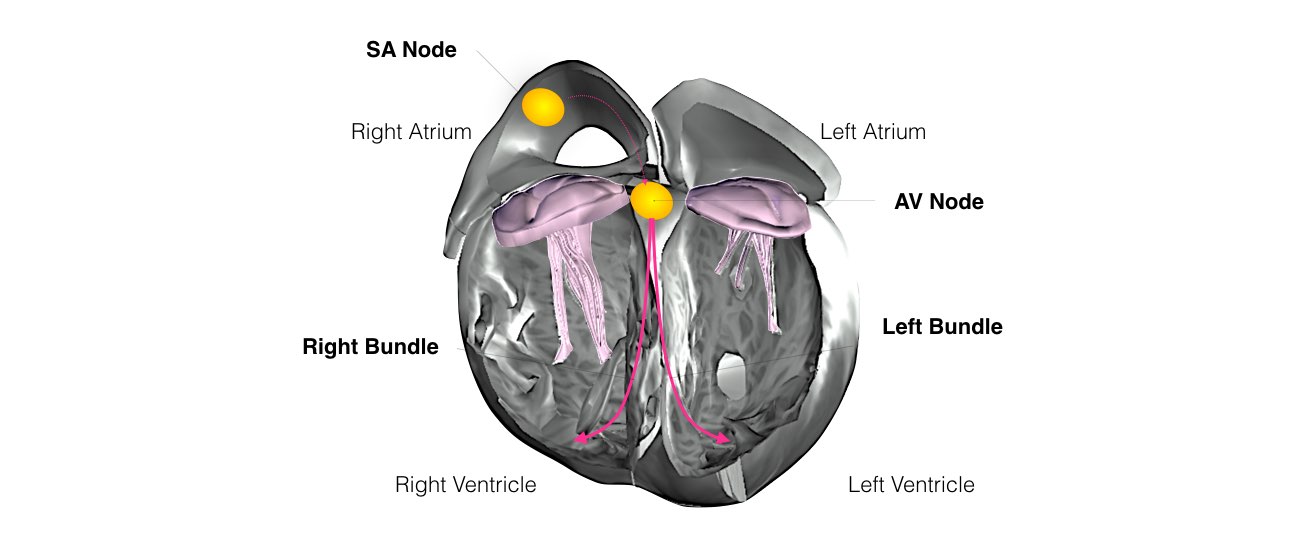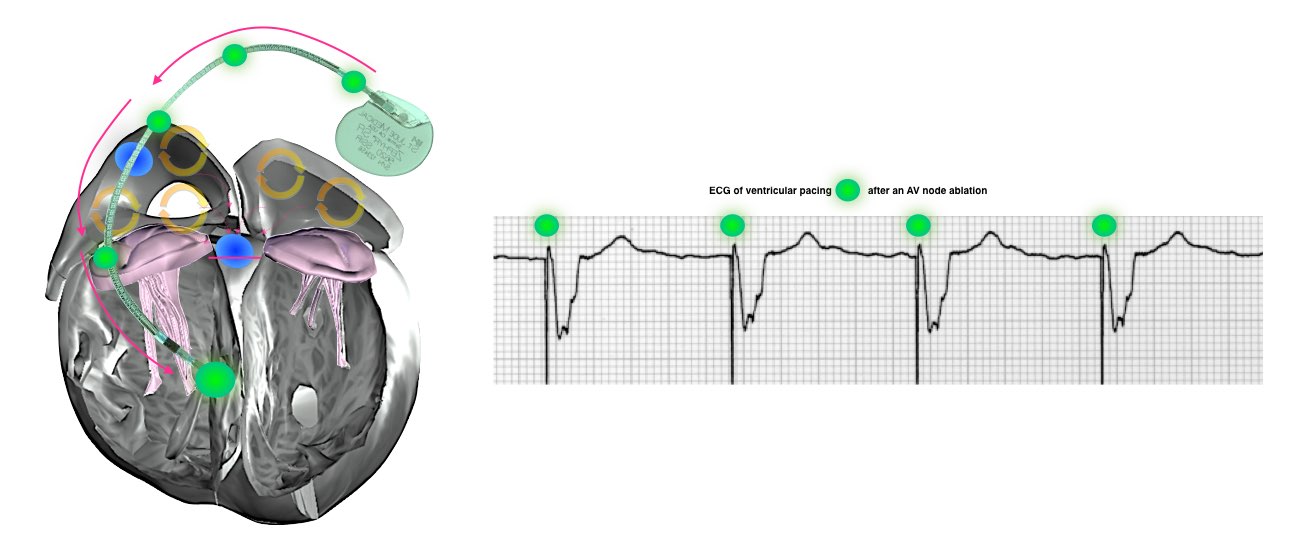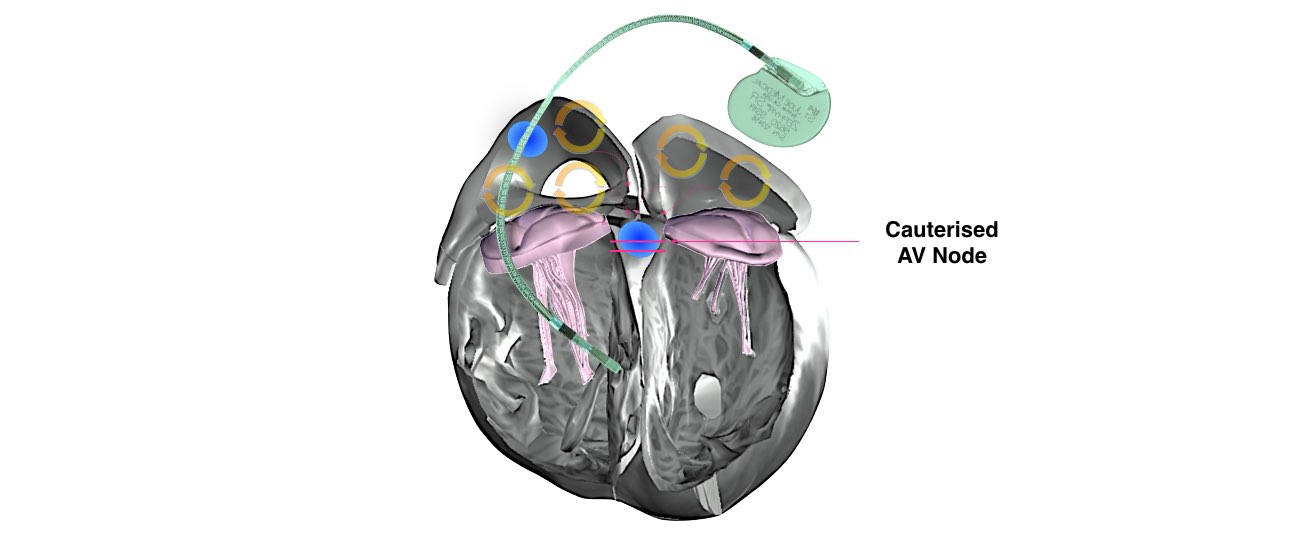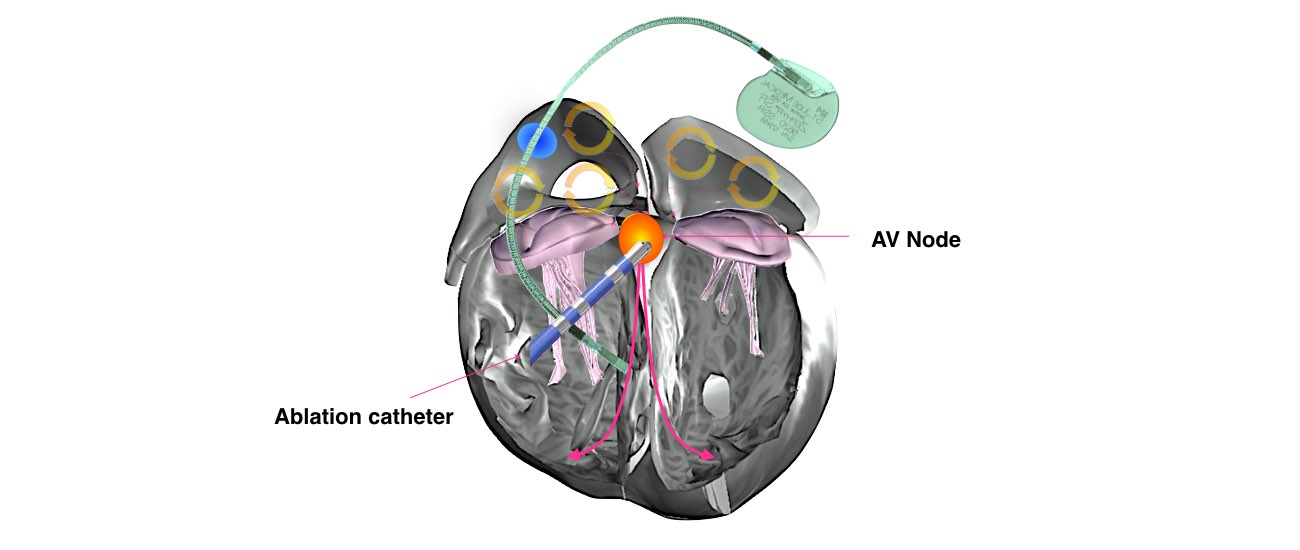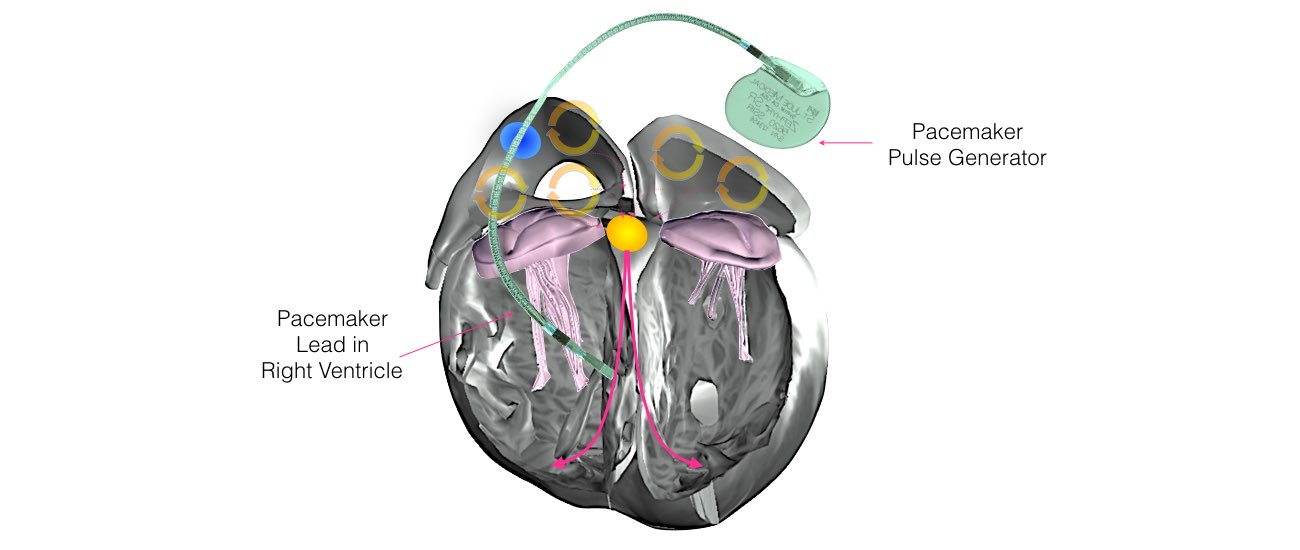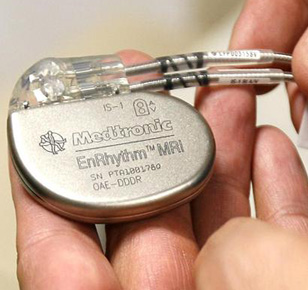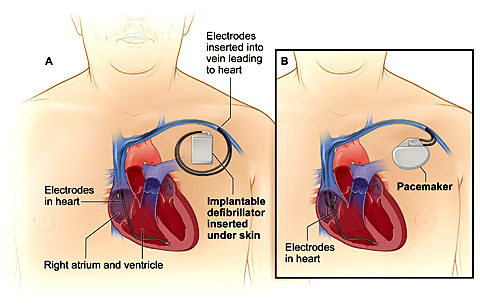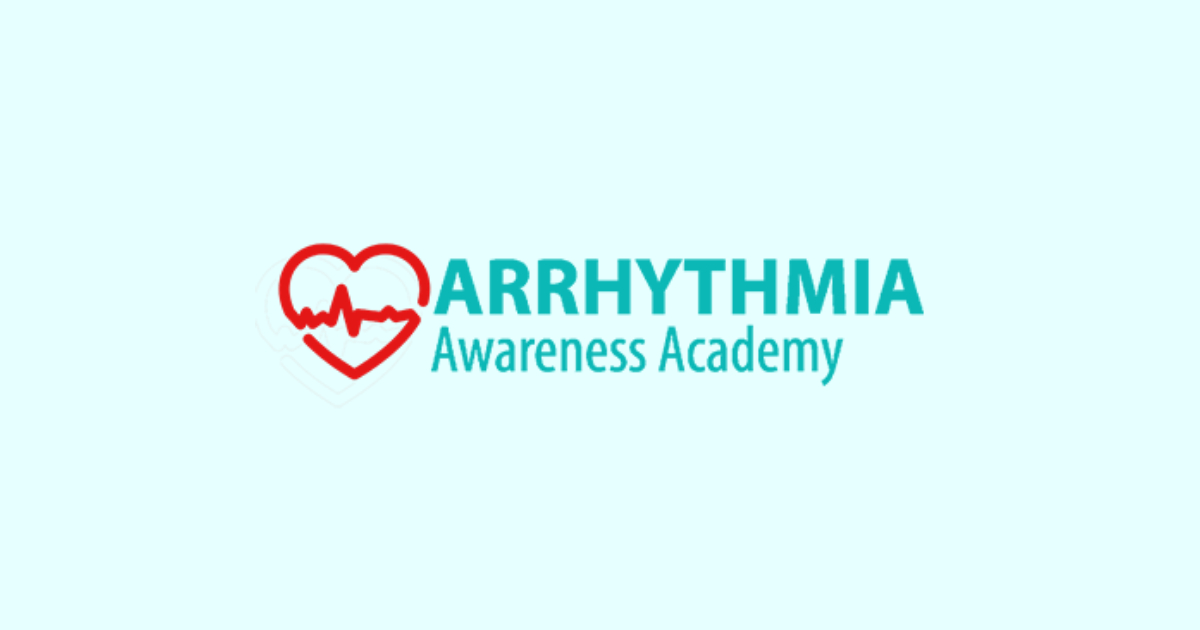Insertion of a pacemaker is a very common procedure. This is performed under local anaesthetic with sedative medication to make you feel comfortable. The procedure takes approximately 1 hour and is performed in the cardiac catheter laboratory.
This is a special room that has a patient table, X-Ray tube, ECG monitors and other equipment. The staff in the lab will all be dressed in hospital theatre clothes and during the procedure will be wearing hats and masks.
Many ECG monitoring electrodes will be attached to your chest area. A nurse or doctor will insert an intravenous line usually into the back of your hand. This is needed as a reliable way to give you medications during the procedure without further injections. You will also have a blood-pressure cuff attached to your arm that will automatically inflate at various times throughout the procedure.
The pacemaker is inserted just under the collar-bone usually on the right side. The area is prepared with a special sterile solution that may feel cold. You will be covered by a large sterile sheet that will partly cover your face. You will be able to look out from under the sheet to the side and a nurse will be present at all times. You will be given oxygen to breathe by a small tube that is positioned under your nostrils.
At the start of the procedure, the doctor will inject local anaesthetic into the area under the collar-bone where the pacemaker is to be inserted. This will sting momentarily but the area will then be numb. During the procedure you may feel some firm pushing in the shoulder area but this should not be painful. If you experience pain or discomfort you should tell the nurse or doctor.
After the procedure you will have some bruising and discomfort in the area of the pacemaker that may persist for several weeks. You should avoid strenuous activities with your arm for a period of 4 weeks. You should refrain from driving for 2 weeks.
You will be allowed to go home 1 or 2 days after the procedure.
The oxygen level of your blood will also be measured during the procedure and a small plastic device will be fitted on your finger for this purpose. Your groin will be washed with an antiseptic cleansing liquid and you will be covered with a sterile sheet.
The doctor will inject local anaesthetic to the groin area and this will sting momentarily. After that, you may feel pressure as the doctor inserts the catheters but you should not experience any pain. The doctor will then insert a special catheter through the vein in your groin area. As this is all internal you will not feel any discomfort. This will pass via your veins up into your heart. The doctor controls its position with the aid of x-ray. A small burn will be delivered to the AV node through the tip of the catheter. This essentially destroys this electrical conducting pathway.
The entire procedure takes approximately 30 minutes.
You will have to lie flat for 4 hours after the procedure.
You may have some bruising and discomfort in the groin area and you should avoid strenuous physical activity for at least 1 week.
You will be able to go home the day after the procedure.
